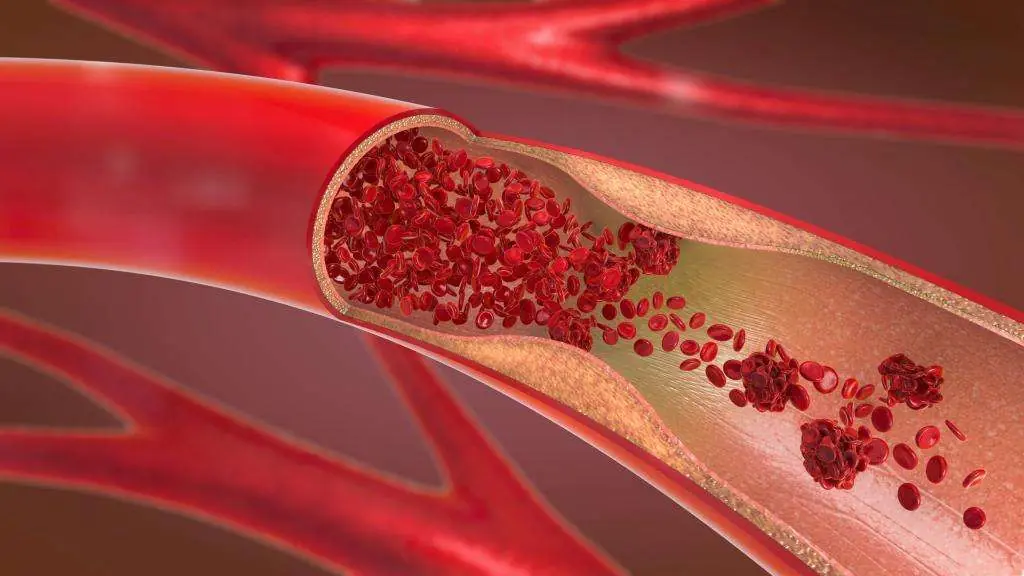
ScienceScientists Found The Hidden Factor Behind the Global Infertility Crisis, And It’s Terrifying
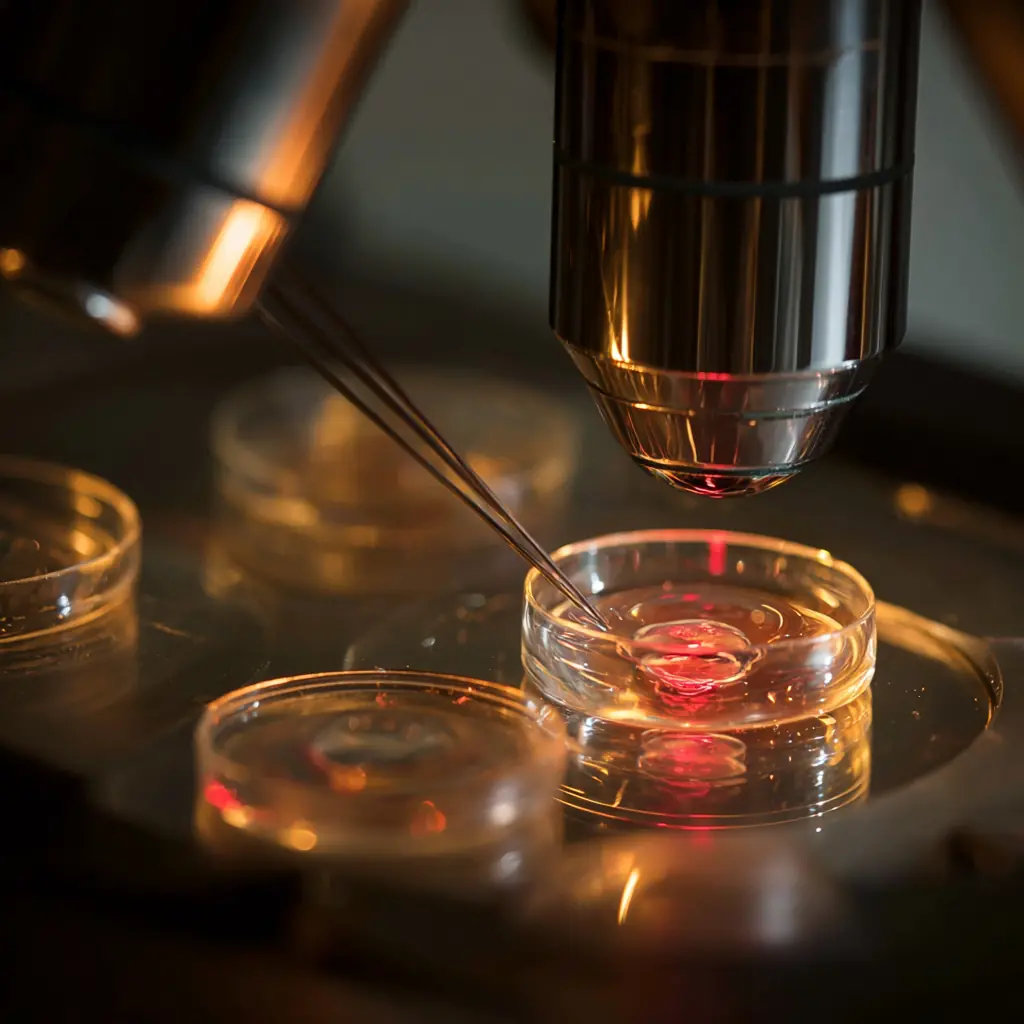
In recent years, the world has experienced a concerning decline in fertility rates, not just in isolated regions but globally. Countries from Japan to the United States, South Korea to Italy, are facing historically low birth rates. For millions of couples, starting a family has turned into an emotional struggle, filled with failed attempts, invasive treatments, and unanswered questions.
But new research is uncovering a troubling hidden factor: microplastics — minuscule, invisible plastic fragments that have quietly infiltrated every part of the planet... and now, the human body.
Microplastics Detected in Human Semen and Testes
A groundbreaking study published in Toxicological Sciences in 2023 sent shockwaves through the scientific community when it revealed that microplastics were found in the male reproductive system for the first time, specifically in semen and testicular tissue samples.
The researchers identified various types of plastics, such as polyethylene (PE), polystyrene (PS), and PVC — materials commonly found in packaging, plastic bottles, and synthetic clothing. These particles weren’t just present; they were embedded in tissues, indicating prolonged and possibly permanent exposure.
This study builds on previous findings in animals, where microplastics have been shown to reduce sperm motility, lower testosterone levels, and even cause testicular atrophy in lab mice.
A Global Decline in Sperm Counts
In 2022, a major meta-analysis published in Human Reproduction Update revealed that global sperm counts have dropped by more than 50% over the last five decades — and the decline is accelerating.
While factors like obesity, stress, and sedentary lifestyles have long been blamed, they cannot fully explain such a dramatic decline across populations. Scientists now suspect that environmental pollutants — especially microplastics and endocrine-disrupting chemicals — may be silently undermining male fertility.
How Do Microplastics Affect Fertility?
Microplastics don’t just accumulate harmlessly in the body; they function like chemical sponges, absorbing toxic substances like phthalates, BPA, and heavy metals, which are known to disrupt hormonal systems.
When these particles enter the bloodstream or reproductive tissues, they can:
-
Disrupt hormone regulation (especially estrogen and testosterone)
-
Trigger oxidative stress, damaging sperm DNA
-
Cause inflammation in reproductive tissues, potentially leading to poor sperm production or infertility
For women, studies suggest that microplastics might interfere with ovulation, hormone cycles, and embryo implantation, though more research is needed in this area.
How Are We Exposed?
Microplastics are everywhere:
-
In bottled water (over 90% of brands have been found to contain plastic particles)
-
In food packaging and containers
-
In the air, especially indoors, where fibers from synthetic clothing and carpets are suspended unnoticed
-
In seafood, where ocean plastics accumulate in marine animals and move up the food chain
In a 2022 study, microplastics were even found in human blood for the first time.
We’re inhaling them. We’re ingesting them. And now, it appears they are affecting our ability to reproduce.
Not Just a Health Crisis — A Generational Crisis
Experts warn that this isn’t only a medical issue — it’s a global generational emergency.
"If current trends continue," says environmental toxicologist Dr. Shanna Swan, "we may face a future where a significant portion of the population will need assisted reproduction — or may not be able to conceive at all."
She stresses that while lifestyle changes are important, cleaning up our environment and reducing plastic exposure must become urgent global priorities.
What Can You Do?
While completely avoiding microplastics is nearly impossible, here are steps you can take to reduce your exposure:
-
Drink filtered tap water instead of bottled water
-
Avoid reheating food in plastic containers
-
Opt for natural fabrics over synthetic ones like polyester
-
Use glass or stainless-steel containers for food storage
-
Regularly ventilate your home and vacuum using HEPA filters
Final Thoughts
What once seemed like harmless convenience — a plastic bottle, a food wrapper, a synthetic t-shirt — is now impacting our biology in ways we never imagined.
The infertility crisis is complex, no doubt. But the discovery of plastic in our most vulnerable and essential tissues should serve as a wake-up call: what we discard never truly disappears.
It comes back to us — in our blood, our air, and potentially, in our children’s futures.
News in the same category


5 Deficiencies Almost Everyone Has (And Doesn’t Know About)

Scientifically Proven Health Benefits of Cayenne Pepper
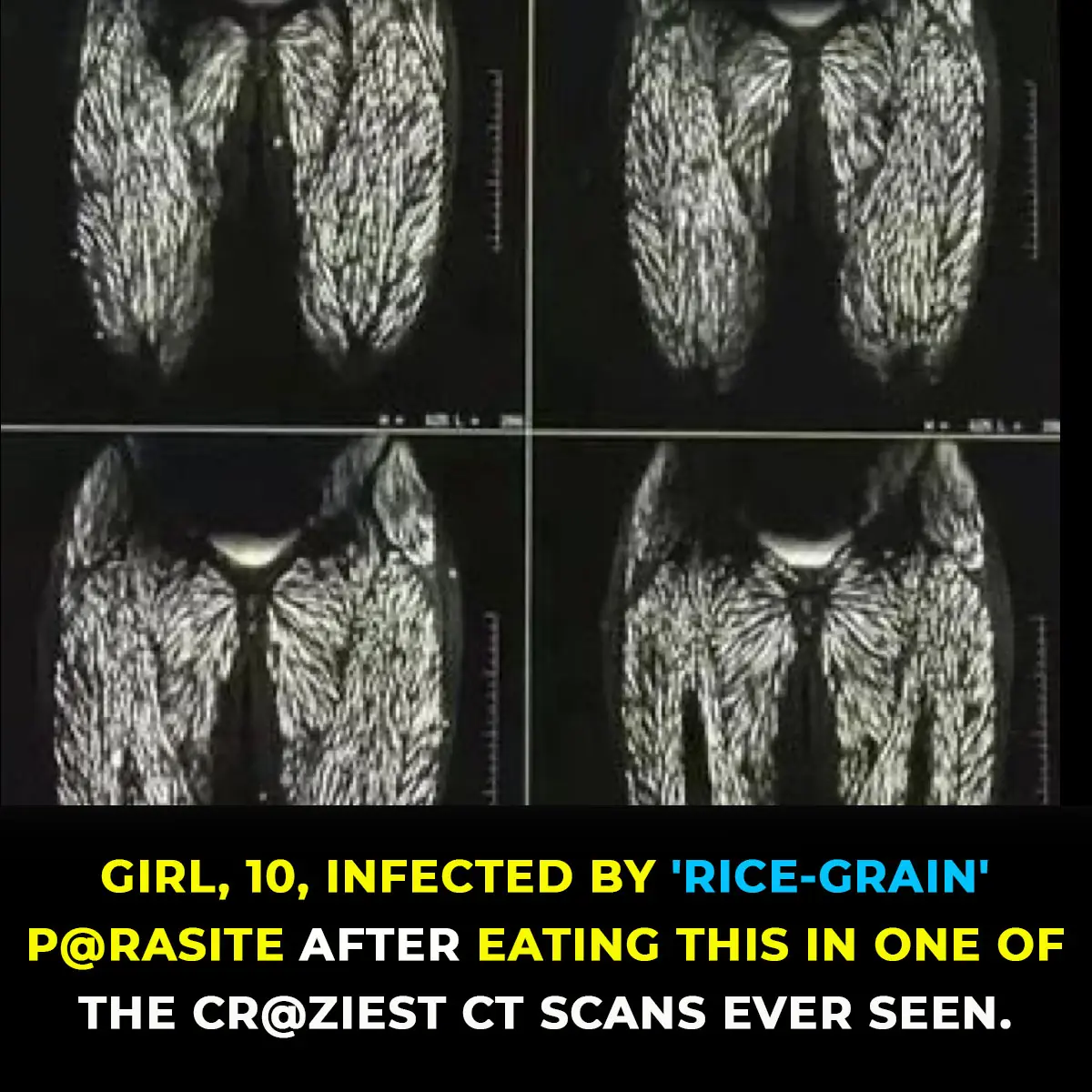
P@rasite Found In Br@in Of 10-Year-Old Girl After Eating Undercooked Meat Leaves Experts Horrified

5 Common Foods That Turn Toxic If Left Overnight

The Hidden Meaning Behind Leg-crossing — It’s More Than Just Comfort
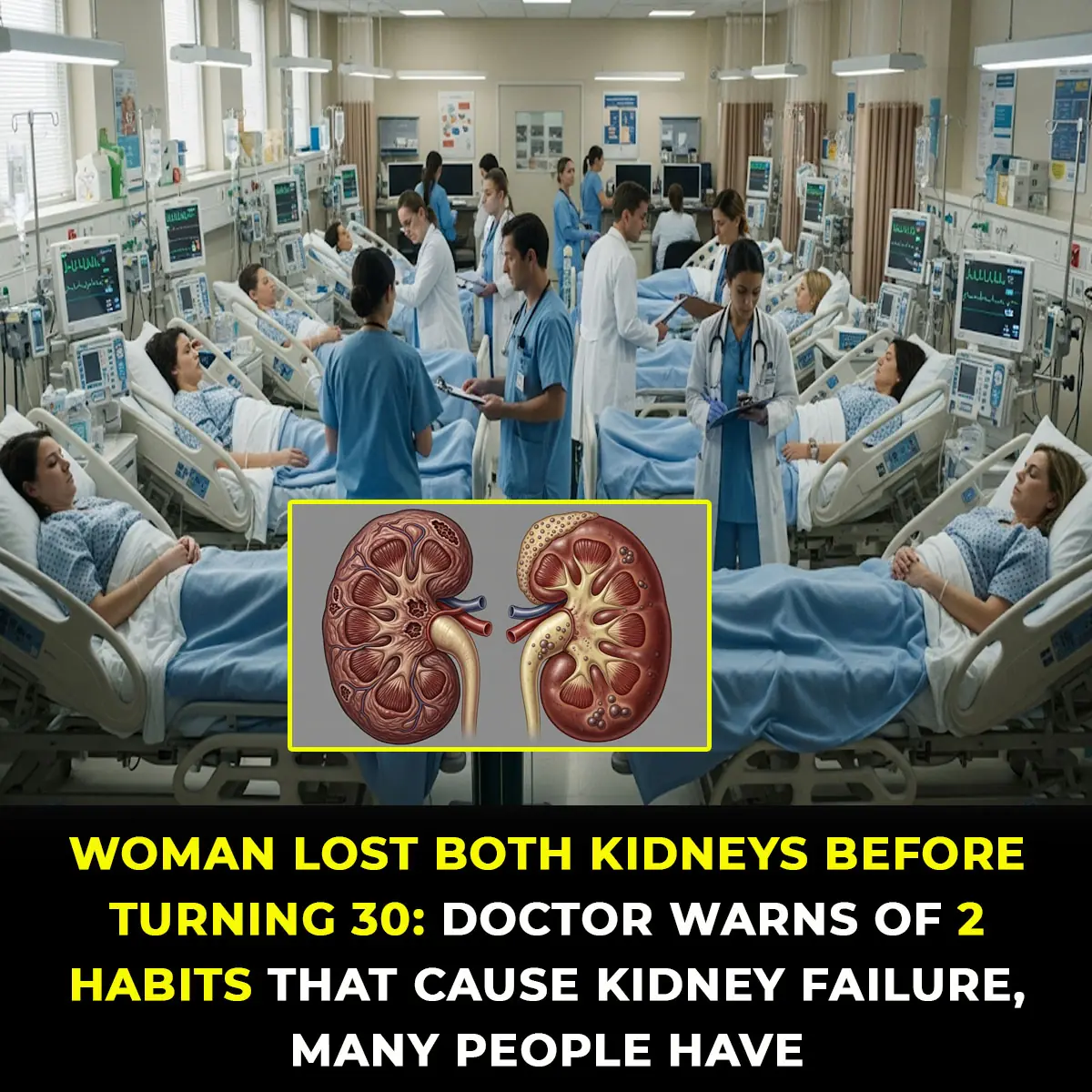
HealthWhy Kidney Failure Is Striking The Young—And How To Stop It

12 Remarkable Health Benefits of Ginger

17 Best Bedroom Plants for Clean Air & Low Light – NASA Study
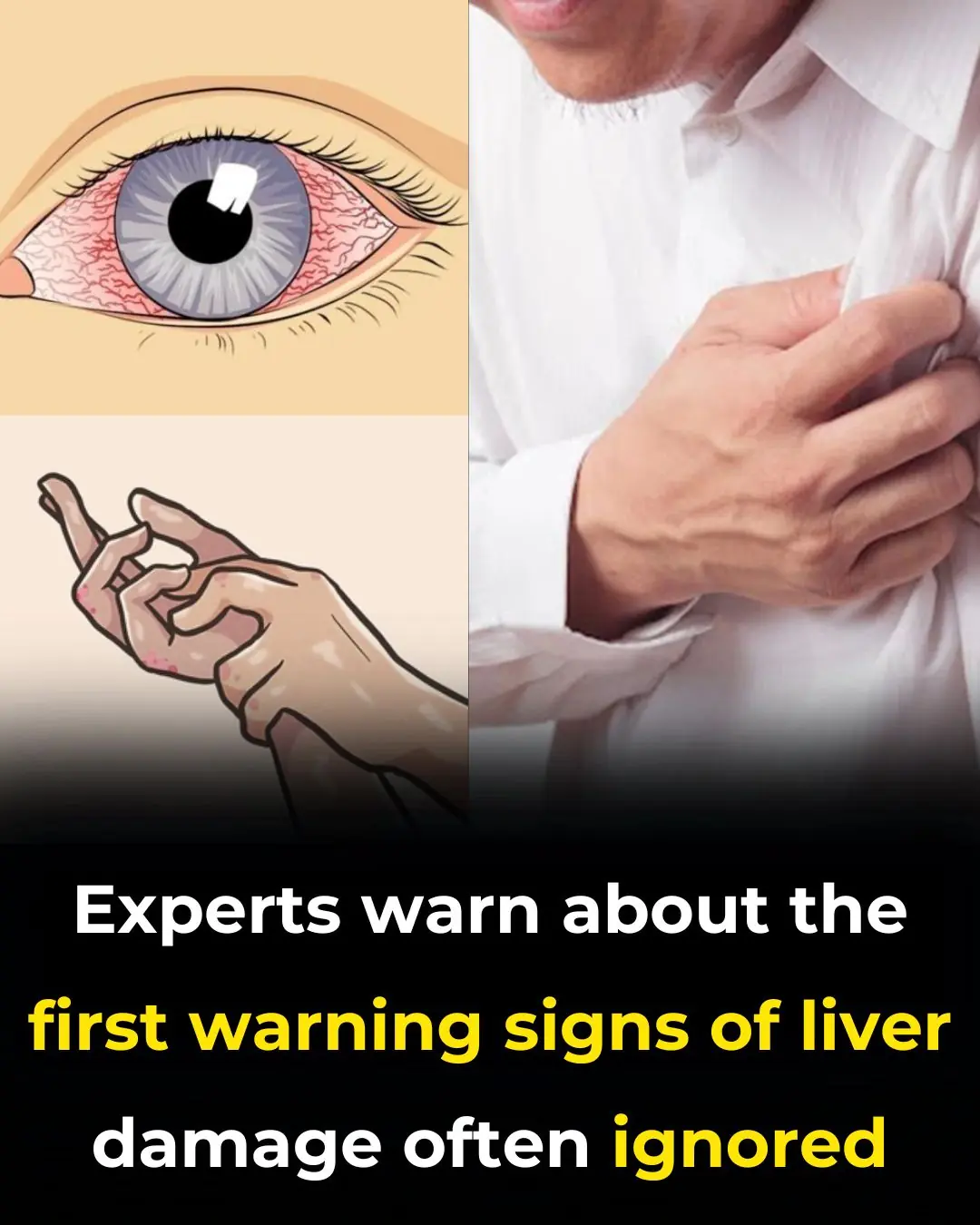
Early Signs of Liver Damage & How to Strengthen Your Liver

'Healthy' man reveals only sign of bowel cancer he noticed in bathroom - and it wasn't bl00d in the loo
When 38-year-old Dave Paxton noticed his stool had turned darker than usual, he had no idea this small sign would lead to a devastating cancer diagnosis—one so rare that only 22 people in the world have ever had it.

Purslane (Portulaca Oleracea): The Weed with Extraordinary Benefits (Science Based)

Consciousness Is Not Confined to the Brain, But Is Connected To The Whole Universe, Scientists Say

After Surviving 800 Snake Bites, This Man’s Blood Could Be the Universal Antivenom the World’s Been Waiting For

10 Warning Signs It’s Time to Cut Back on Caffeine

“Cases Are Exploding”: Living Near a Golf Course May Raise Your Risk of Parkinson’s, Study Warns
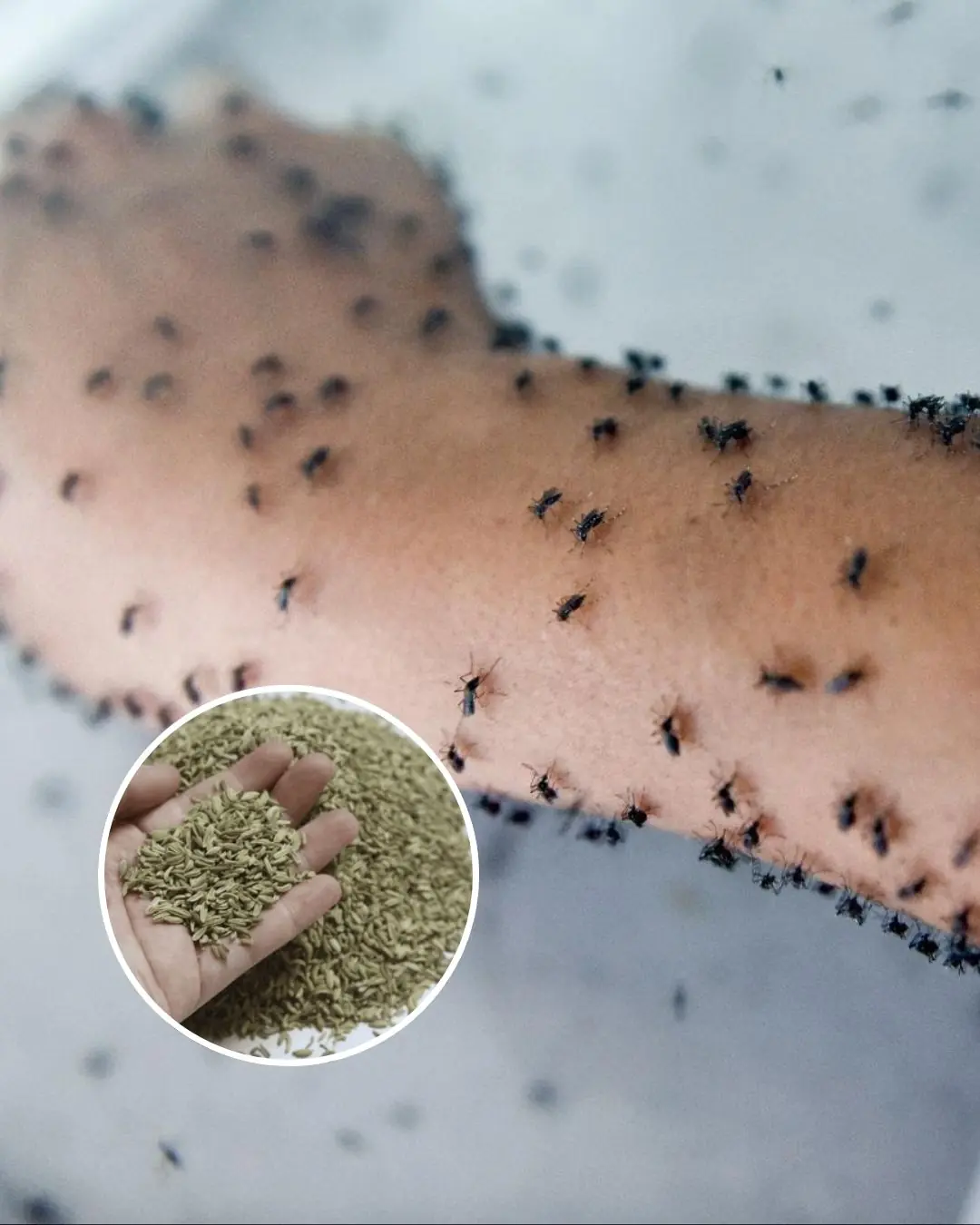
You’ll never see mosquitoes again if you do this

What to Eat to Boost Energy After 60: Key Foods for Vitality and Well-being.
News Post
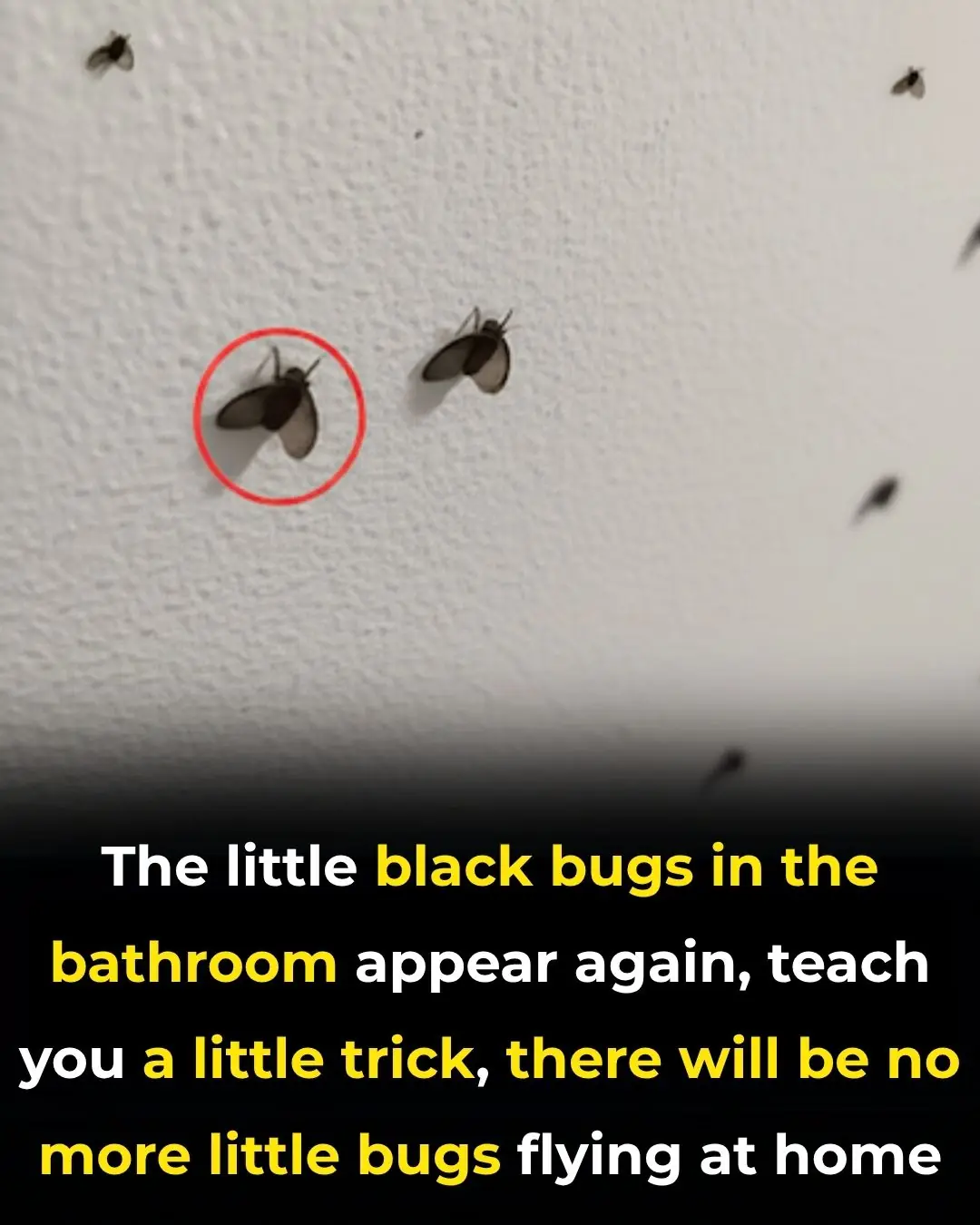
Dealing with 10 Common Bathroom Pests

How to Improve Blood Circulation Naturally (Research Based)

5 Deficiencies Almost Everyone Has (And Doesn’t Know About)

Scientifically Proven Health Benefits of Cayenne Pepper

Free download offered to PlayStation gamers as way to 'make amends'

Chaos following discovery of radioactive wasp nest at former US nuclear weapons site

Beyond the Badge: One Officer’s Journey to Becoming More Than a Uniform.

7 Thing That Happen To Your Body When You Stop Having Intimacy Moments
Taking a break from intimacy doesn’t mean something is wrong. In fact, it can be a time for growth, healing, and self-discovery.

From Suspension to a Second Chance: How One Principal Changed a Life Forever.

The Hawk on the Porch: A Quiet Cry for Help.

I Filed for Divorce After Catching My Husband Cheating – Our Son's Words in Court Left Everyone Speechless

My Selfish Sister Stayed by Mom's Side When She Fell Ill, but Everything Changed after the Doctor Shared Mom's Last Words – Story of the Day

My SIL Gave Me Her Old Armoire and Made Me Pay for Moving It – Then She Came with an Outrageous Demand

The Meteor That Changed Two Lives: A Story of Unlikely Family

P@rasite Found In Br@in Of 10-Year-Old Girl After Eating Undercooked Meat Leaves Experts Horrified

Ancient Inscriptions Inside Great Pyramid Rewrite History Of Its Builders

5 Common Foods That Turn Toxic If Left Overnight

Nurse at palliative care reveals the top 5 regrets of people right before they di3d

The Hidden Meaning Behind Leg-crossing — It’s More Than Just Comfort
